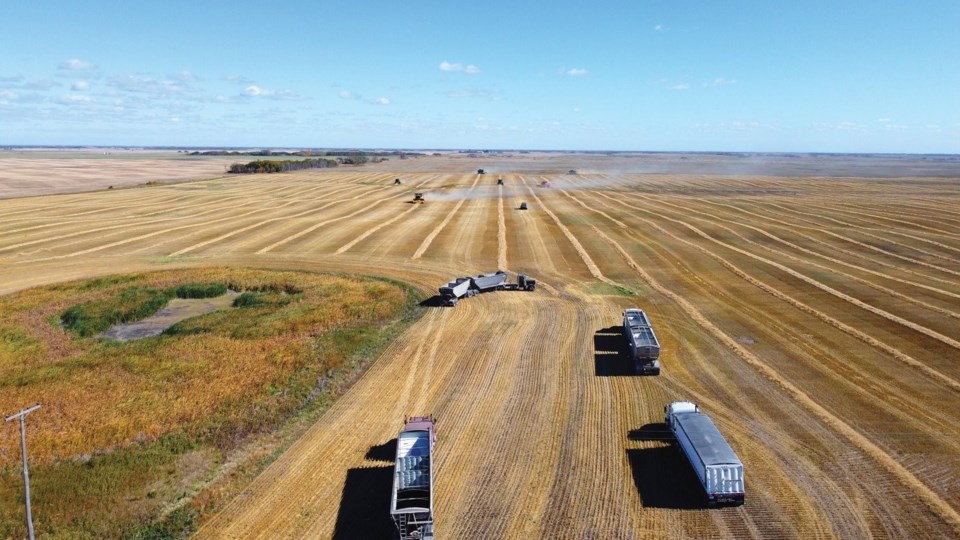“It’s been a really good experience in seeing how much a community can come together, and those who have helped us get there should be very proud,” says Kyle Penner, one of the organizers from Harvest of Hope.
The $500,000 raised was directly from the project. With the government matching the funds, the proceeds will be up to $2.5 million worth of impact.
Canadian Foodgrains Bank is a partnership of 15 Canadian churches and agencies working together to end global hunger.
The Foodgrains Bank works with locally-based organizations in developing countries to meet emergency food needs, achieve long-term solutions to hunger and work to foster informed action by Canadians and governments to support international hunger relief.
Each of the Foodgrains Bank members has an account at the Foodgrains Bank that they can draw from to provide food assistance during emergencies around the world and to fund programs that support families and communities in their efforts to access more and better food in the long term.
The Foodgrains Bank provides additional financial support through a general account and access to matching funds for eligible programs.
Foodgrains Bank also provides advice for design of programs implemented by our members through their local partners and support for evaluation and assessment to ensure that programs are meeting their intended goal to end hunger.
The Government of Canada has been an important partner of the Foodgrains Bank since it began.
The Foodgrains Bank is one of two primary channels for the Government of Canada’s funding for food assistance.
Through the Government of Canada’s support, the Foodgrains Bank’s 15 member agencies are able to leverage donations from individuals, churches and businesses up to a ratio of 4:1 for food assistance in the developing world—up to $25 million each year.
The project has been going on for eight years. Penner and many of the committee members have been a part of it from the start.
The committee that is involved in executing the project every year includes Dale Smart, Nick Heide, Derek Smart, Lyndon Alison, Mark Bateman and Ernest Rushton.
“I think everyone involved should be incredibly proud,” says Penner. “As well as the many volunteers who contribute in multiple ways to this great cause. It’s also something that is only possible due to their generosity - for which we are truly grateful.”
“I think it’s a really unique opportunity when it comes to impact investing or charitable giving. It’s hard to find a charity that does more than per dollar and more for your effort.
“It’s almost like if you could take a dollar and turn it into five, if that money ends up feeding a lot of people. I think that’s a really impactful charity.”
“At the same time being where we are, in the middle of rural Saskatchewan, we can do pretty well here.”
This year Penner says there were up to 45 people who volunteered with the Harvest of Hope project.
“Considering everyone involved, between the sponsor companies and how big their teams were, there was probably 45 to 50 people. Between field work and the events that were happening that generated awareness for what we were doing, that’s probably how many volunteers came out.”
“It’s something to be truly proud of. It’s a pretty neat milestone to reach for something that has grown so organically in a small town in Saskatchewan. That’s a pretty big deal and to see a broader base of volunteers to come around the project every year, is pretty exciting too. It means the people are seeing good things happen and want to be a part of it.”
Penner says the project will most likely continue next year, as the people who currently volunteer will want to continue helping in the future.
“It’s almost a routine now, where we kind of have the same type of people doing the same thing every year. Like the saying goes, ‘it takes many hands to make light work.’”
In hope of continuing next year’s Harvest of Hope’s project, Penner wishes for the best.
“Next year is a canola year, I would hope for a record crop, a little rain and to just continue in making a difference to feeding hungry people.”





